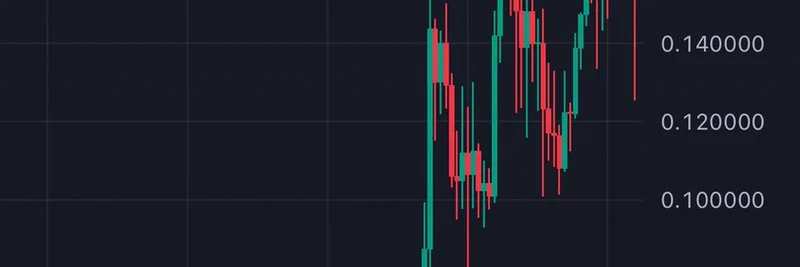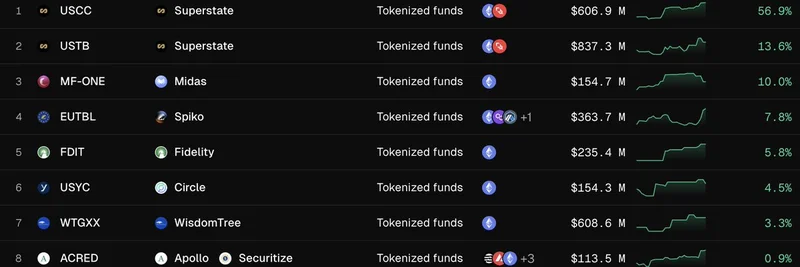In the wild world of cryptocurrency, where memes can turn into millions overnight, a fascinating discussion is bubbling up on X (formerly Twitter). A recent thread highlights how memecoins aren't just fun internet jokes—they're actually sophisticated tools for betting on cultural stories and trends. Let's dive into this idea, inspired by a thought-provoking post from @neso.
What Are Prediction Markets, Anyway?
First things first: prediction markets are like betting platforms where people wager on real-world events. Think of them as crowd-sourced crystal balls—users buy shares in outcomes, like "Will this politician win the election?" or "Will it rain tomorrow?" The prices reflect collective wisdom, often proving more accurate than polls. Popular ones include Polymarket or PredictIt.
But here's the twist: when it comes to cultural vibes, social trends, and those intangible "narratives" that shape our world, traditional prediction markets fall short. Enter memecoins.
Memecoins as Cultural Crystal Balls
The thread quotes a deep dive from @BigSky_7, who argues that memecoins embody ideas from philosophers like Jean Baudrillard. Baudrillard's book Simulacra and Simulation talks about "hyperreality," where copies and simulations become more real than reality itself. In memecoin terms, value isn't from utility (like a token that lets you store files or vote in a DAO)—it's from pure belief, hype, and what he calls "mimetic desire" (wanting something because others want it).
As the original post puts it: "memecoins > The prediction market for Culture narratives." In English and Chinese, it explains that memecoins are more sensitive to cultural shifts, acting not just as predictors but as amplifiers and drivers of those narratives. Unlike prediction markets, which need a "ground truth" (an actual event to resolve the bet), memecoins thrive in the fuzzy realm of stories and perceptions.
Think about it—Dogecoin started as a joke about a Shiba Inu dog, but it captured the internet's love for underdogs and absurdity, ballooning to billions in market cap. Or PEPE the Frog, which tapped into meme culture and controversy. These aren't betting on events; they're betting on ideas spreading like wildfire.
Why Memecoins Win in the Narrative Game
Traditional prediction markets are great for binary outcomes with verifiable results. But culture isn't binary—it's rhizomatic (a fancy term from philosophers Deleuze and Guattari, meaning interconnected like roots, without a clear hierarchy). Memecoins mirror this: they spread through social networks, gaining value from collective excitement rather than facts.
- Speed and Sensitivity: Memecoins react instantly to viral moments. A tweet, a celeb endorsement, or a global event can pump a token's price overnight.
- Amplification Effect: Buying into a memecoin isn't passive betting—it's participating in the narrative. Holders become evangelists, pushing the story further.
- Pure Simulation: As Baudrillard might say, memecoins are "signs referring only to other signs." No underlying asset needed; it's all about the hype cycle.
This isn't new—@BigSky_7 points out it's a misunderstanding of continental philosophy. Prediction markets cling to "correspondence theory" (prices matching reality), while memecoins embrace a world where the map (the narrative) shapes the territory (reality).
Implications for Crypto Enthusiasts
For blockchain practitioners, this means memecoins aren't just gambling—they're a knowledge base for understanding cultural dynamics. Want to gauge interest in AI art? Look at related meme tokens. Tracking social movements? Memecoins often lead the charge.
Of course, they're risky. Values can crash as fast as they pump, driven by whims rather than fundamentals. But that's the point: in a hyperreal economy, belief is the ultimate currency.
If you're diving into meme tokens, keep an eye on platforms like DexScreener for real-time charts, or communities on X for the latest buzz. Who knows? The next big cultural shift might be hiding in a frog or dog meme.
What do you think— are memecoins the future of cultural forecasting? Check out the full thread here and join the conversation.



